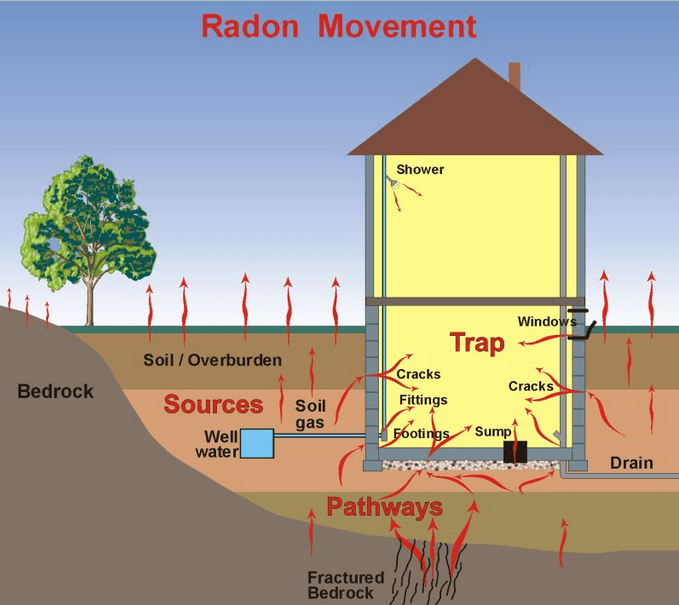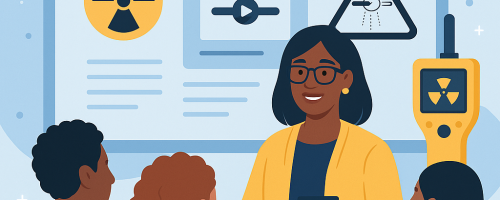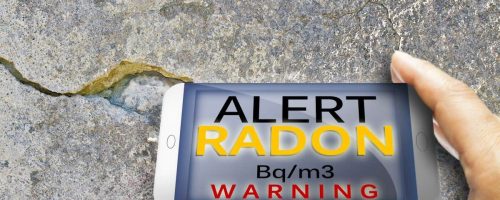Radon is a naturally-occurring radioactive gas that is produced naturally by the breakdown of uranium in the ground and can get into your home undetected and increases your risk of developing lung cancer. According to Health Canada and the World Health Organization, it is the second leading cause of lung cancer after smoking. Did you know It is also the deadliest of all cancers? Radon gas is the kind of hazard that you can’t see, smell it or taste. The only way to know if it is present in YOUR home is to test.
The Institute’s National Laboratories operate the only certified radon chamber in the country. Through our chamber services we will continue to deliver value in this very important health and safety field, helping radon measurement and mitigation professionals do their job better! And while we no longer offer home radon testing services to the public, we strongly encourage you to test your home for the presence of radon gas. Testing is very simple. You have many DYI options as well as easy access to professionals.
For the list of approved for testing in Canada devices and the list of certified measurement and mitigation professionals in your area we recommend you check the website of the Canadian National Radon Proficiency Program (C-NRPP). Another very helpful resource is the Canadian Association of Radon Scientists and Technologists (CARST) website, it contains educational materials, videos and links that will be helpful to you in evaluating your testing and, if required, mitigation options.
You are always more than welcome to reach out to us with questions through our Radiation Safety Information Service by phone : 1800 263 5803 or E-mail: info@radiationsafety.ca

Factors that control the distribution and movement of radon and typical entry routes into a home for the radon, from Natural Resources Canada
What is Radon?
Radon is a radioactive gas that is produced naturally by the breakdown of uranium in the ground and can get into your home undetected through foundation cracks and similar unsealed openings. You can’t see it, smell it or taste it. The Radiation Safety Institute of Canada, Health Canada, the US Environmental Protection Agency and most European countries recommend testing your home for the presence of radon gas.
What are the Risks?
Long-term exposure, especially for smokers, to elevated levels of radon in the home increases your risk of developing lung cancer. Radon is the 2nd leading cause of lung cancer after smoking. According to Health Canada, an estimated 16% of lung cancer deaths among Canadians are attributable to indoor radon exposure.
How to find out?
Almost all homes in Canada have some radon, the question is: how much. The current Canadian guideline for radon in indoor air is 200Bq/m3.
The only way to know the radon level in your home is to take a simple and inexpensive “do-it-yourself” test. Long term testing for a minimum of 3 months is recommended. Measurements gathered over a longer period of time will be more accurate and will provide a much better estimate of a persons annual average exposure. If high levels of radon are detected in your house, you can take steps to remove it. But the single, most important, first step in this process is getting your home tested. If the radon level is found to be high, it can be fixed at a reasonable price.
What is the best time for testing?
The best time is now!
The heating season, October to April, is the best time to test your home for radon gas. During this period we tend to keep our windows and doors closed, which allows for a more accurate measurement of radon concentrations in the indoor air.
Additional Resources
Radiation Safety Institute of Canada’s Radon Factsheet
Health Canada Radon Advisory: It’s Your Health – Radon
Press Release – 2013 National Radon Action Month
Find a Canadian C-NRPP Certified Radon Measurement or Mitigation Professional
Canadian Lung Association – Information about Radon







